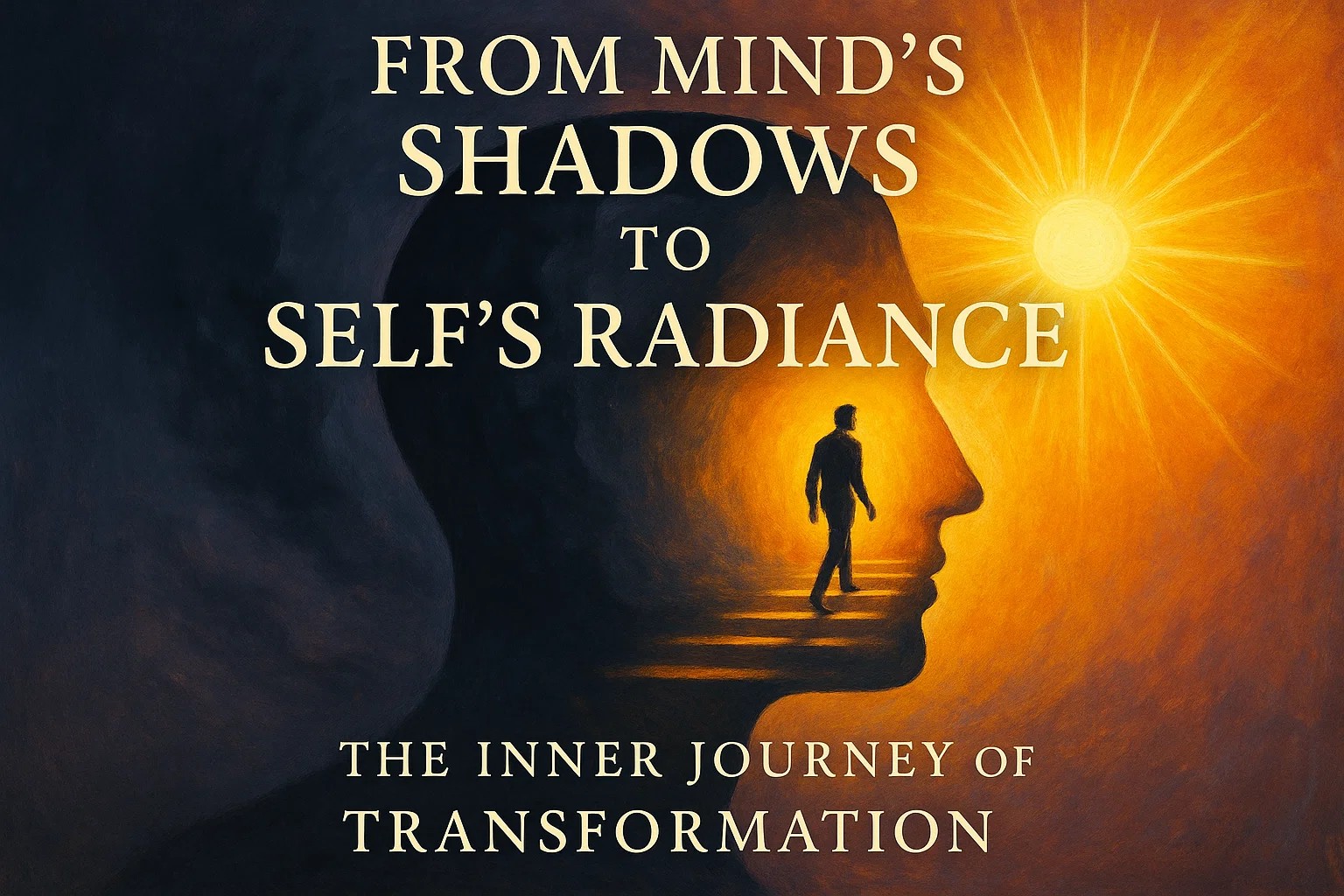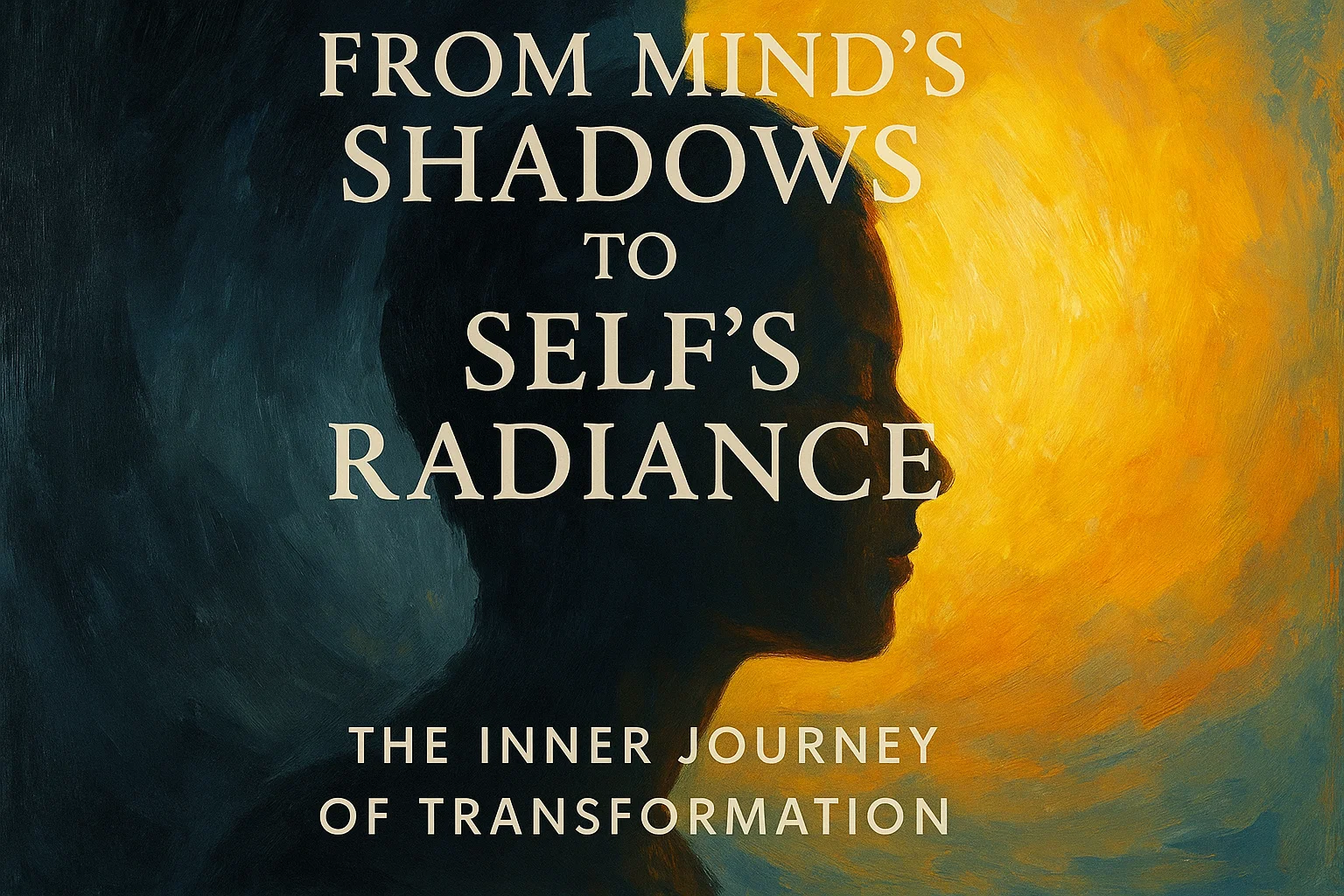Turning Challenges into Opportunities: A Guide to Handling Life’s Problems
Life is much like the sea—just as there’s no sea without waves, there’s no life without challenges. Every person, regardless of status or wealth, encounters problems. The nature and intensity of these problems may vary, but no one is entirely free from them.
Why Do We Face
Problems?
If we observe people
closely, we’ll realize a common truth: no two individuals think exactly the
same way. Differences in thought and perception are natural, but when we fail
to respect or accommodate these differences, conflicts arise. One of the key sources
of problems is the belief that we are always right, while others are wrong.
This rigid mindset often leads to arguments and misunderstandings.
Many of us struggle to
accept criticism or opposing views. In trying to defend ourselves, we may
escalate minor issues into serious problems. Encountering people with different
opinions is inevitable, but what matters is how we respond. Even when we are in
the right, problems can still emerge—especially when others are unwilling to
listen. In such cases, a flexible and understanding approach is often the best
solution.
Cultivating a Positive
Approach
Believing we are flawless while others are flawed is a dangerous illusion. Instead, we must develop empathy and patience. Listening attentively, acknowledging our mistakes, and appreciating others' perspectives can help reduce friction and build stronger relationships.
Here are a few
thoughtful practices to reduce conflict and lead a more peaceful life:
Request, don’t
command.
Be thankful, even for
small gestures.
Recognize and
appreciate goodness in others.
Avoid blaming others
when things go wrong.
Admit mistakes with
grace.
Speak only when
necessary—avoid unnecessary remarks.
Correct gently and
privately, not by criticizing publicly.
Use a calm, respectful tone when speaking.
Offer help generously
and sincerely.
Harbor no
ill-will—think good for others.
Make few promises, but
honor each one sincerely.
Believe in yourself—if
your goal is noble and your path is right, success will follow.
In essence, problems
are not obstacles to be feared but opportunities to grow in patience,
understanding, and wisdom. With the right mindset and behavior, we can turn
life’s waves into a steady, forward-moving current.
From Mind’s Shadows to Self’s Radiance: The Inner Journey
of Transformation
The journey of spiritual evolution begins not with acquiring something new, but with removing what conceals our true nature. In yogic philosophy, three principal defects of the mind—mal (impurities), vikshepa (distraction), and avarana (veil of ignorance)—form the core obstacles in our inward progression from the gross to the subtle. This transformation unfolds first through karma yog, or selfless action, and matures through the pursuit of jnan yog, or the path of knowledge. Throughout this journey, bhakti—devotion—serves as a common thread, nourishing both paths.
The eightfold path of
yoga provides a structured framework, beginning with practices involving the
physical body (the food sheath), like asana, and gradually moving inward to
subtler layers: pranayam energizes the vital sheath, while concentration and meditation
engage the mental sheath. The culmination is the merging of the mind into the
unchanging Self, the Atman.
What makes this process deeply personal is that only the practitioner can truly perceive the subtle shifts, obstacles, and occasional regressions along the path. Outsiders see only the surface. This is why spiritual masters like Swami Sivananda insist on daily self-reflection and unflinching introspection. Swami Chidananda reminds us that the ego resists seeing its flaws clearly, often masking them in self-justification.
Interestingly,
progress toward the Absolute is less about acquiring virtues and more about
dissolving internal obstructions. Since our essence is already
divine—characterized by sat-chit-anand (existence, consciousness, bliss)—true
expression of that nature happens spontaneously once barriers are removed.
Truth, knowledge, love, and joy are not to be forced; they arise when the veils
of maya, or illusion, are lifted.
This
illusion—beginningless and subtle—is composed of avidya (ignorance), asmita
(egoism), raag (attachment), dvesha (aversion), and abhinivesh (fear and
clinging to life). These manifest across the human apparatus of body, mind, and
intellect, concealing the brilliance of the Self. When these layers are
purified of desires, tendencies, and misconceptions, the Self no longer remains
hidden—it begins to radiate effortlessly.
The process of
removing inner blemishes and fostering noble traits is not sequential but
simultaneous. Conscious effort helps eliminate vices, while the emergence of
virtues happens more naturally—unless deep-seated habits require
counterbalancing. In such cases, the yogic method of pratipaksha
bhavana—deliberately cultivating the opposite quality—comes into play.
These mental
distortions, though deeply ingrained, are not intrinsic to the Self. They are
merely superimposed structures of the mind and intellect, falsely identified as
‘I’. The Self is untouched by space, time, or causality, and it reveals itself
in stillness—whole and attribute-less.
This internal conflict
is the true battlefield of dharma—the dharmakshetra described in the Bhagavad
Gita. It begins with clear, impartial observation, as personified by Sanjay. In
Chapter 3, Krishna highlights that binding desires, born of rajas, reside
within the senses, mind, and intellect—clouding the Self like smoke around
fire. The remedy lies in disciplining the senses, calming the mind, and
transcending desire. Only then can one attain jnan (knowledge of the formless
Brahman) and vijnan (knowledge of Brahman with attributes).
In essence, the
spiritual path is less about becoming something new and more about remembering
who we already are—pure, boundless, and luminous.
IF HE EXIST
I drive joy there was a doctor in Benaras who
spent 7 minutes in the morning and evening for mediation on God. Knowing this,
his colleagues and friends laughed at him. One day they argued that he was
wasting 7 precious minutes on something, which he had been misled into
believing. The doctor replied, “Well, if God does not exist, I agree that I am
wasting 7 minutes a day. But, if He exists? I am afraid you are wasting your
entire lifetime. I prefer to waste 7 minutes rather than a lifetime. Why should
you grudge me the 7minutes joy that I derive 4m.-
ILLUSTRATED REVIEW : 7thheaven moment of the week Indian captain
7 got HALL OF FAME AWARD













No comments:
Post a Comment